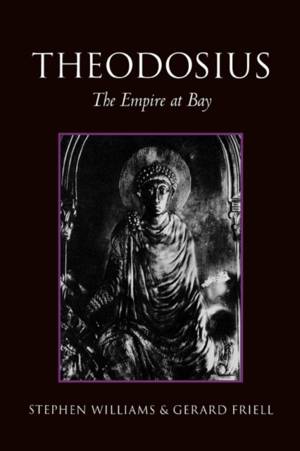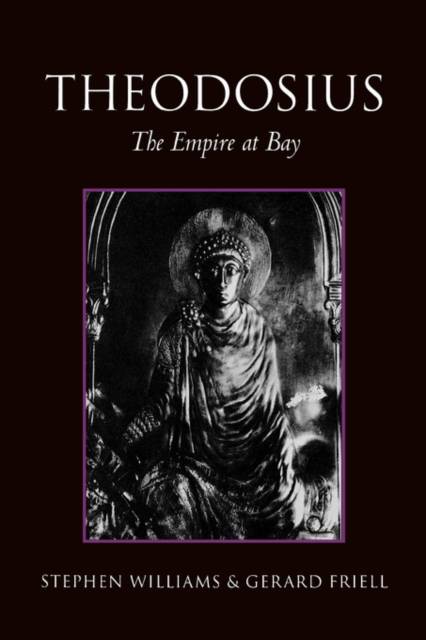
- Afhalen na 1 uur in een winkel met voorraad
- Gratis thuislevering in België vanaf € 30
- Ruim aanbod met 7 miljoen producten
- Afhalen na 1 uur in een winkel met voorraad
- Gratis thuislevering in België vanaf € 30
- Ruim aanbod met 7 miljoen producten
Zoeken
Omschrijving
Emperor Theodosius (379-95) was the last Roman emperor to rule a unified empire of East and West and his reign represents a turning point in the policies and fortunes of the Late Roman Empire. In this imperial biography, Stephen Williams and Gerry Friell bring together literary, archaeological and numismatic evidence concerning this Roman emperor, studying his military and political struggles, which he fought heroically but ultimately in vain. Summoned from retirement to the throne after the disastrous Roman defeat by the Goths at Adrianople, Theodosius was called on to rebuild the armies and put the shattered state back together. He instituted a new policy towards the barbarians, in which diplomacy played a larger role than military might, at a time of increasing frontier dangers and acute manpower shortage. He was also the founder of the established Apostolic Catholic Church. Unlike other Christian emperors, he suppressed both heresy and paganism and enforced orthodoxy by law. The path was a diffucult one, but Theodosius (and his successor, Stilicho) had little choice. This new study convincingly demonstrates how a series of political misfortunes led to the separation of the Eastern and Western empires which meant that the overlordship of Rome in Europe dwindled into mere ceremonial. The authors examine the emperor and his character and the state of the Roman empire, putting his reign in the context of the troubled times.
Specificaties
Betrokkenen
- Auteur(s):
- Uitgeverij:
Inhoud
- Aantal bladzijden:
- 246
- Taal:
- Engels
- Reeks:
Eigenschappen
- Productcode (EAN):
- 9780415170406
- Verschijningsdatum:
- 28/05/1998
- Uitvoering:
- Paperback
- Formaat:
- Trade paperback (VS)
- Afmetingen:
- 156 mm x 234 mm
- Gewicht:
- 353 g

Alleen bij Standaard Boekhandel
+ 158 punten op je klantenkaart van Standaard Boekhandel
Beoordelingen
We publiceren alleen reviews die voldoen aan de voorwaarden voor reviews. Bekijk onze voorwaarden voor reviews.











